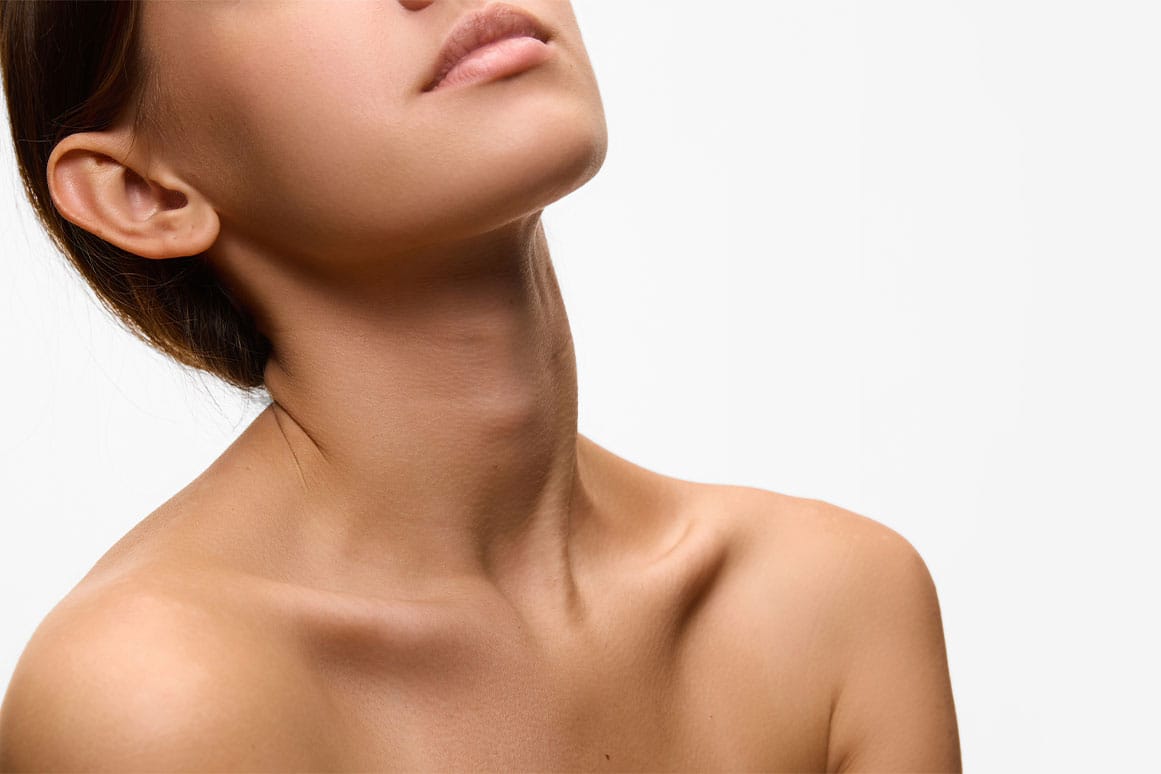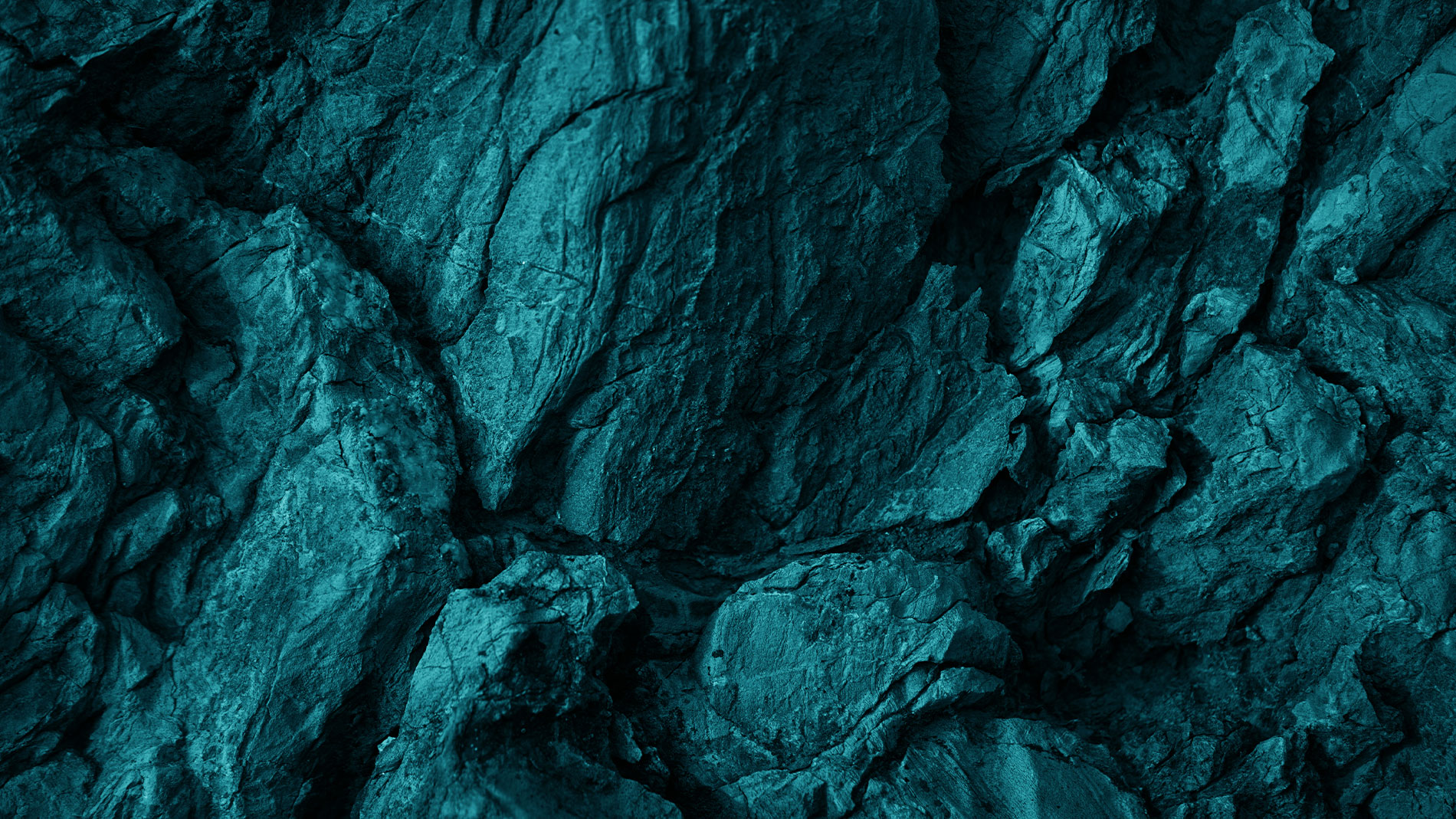As Gulf Shores’ only board-certified oculofacial plastic surgeon, I’ve spent nearly two decades helping patients achieve their ideal facial contours. The concern about double chins and jawline definition crosses my consultation room daily, and I understand the frustration many feel when diet and exercise don’t address these stubborn areas. Let me share what I’ve learned through my triple-board certification and thousands of procedures about effectively reducing submental fullness and enhancing jawline definition.
The truth is, a double chin isn’t always about weight. I see athletic patients, dedicated runners who frequent our beautiful Gulf State Park trails, who still struggle with genetic fullness under their chin. This accumulation of fat beneath the chin, medically termed submental adiposity, can result from genetics, aging, or weight fluctuations. Even minor fullness in this area can significantly impact how we perceive our profile and overall facial harmony.
Through my years of specialized training in facial anatomy and aesthetics, I’ve witnessed remarkable advances in minimally invasive and surgical approaches to this common concern. What excites me most is how we can now customize treatment plans to match each patient’s unique anatomy, lifestyle, and goals.

Understanding Double Chin and Jawline Fat
Why Double Chins Develop
When patients visit Southern Coastal Aesthetics concerned about their profile, I always begin by explaining the underlying anatomy. The area beneath our chin contains several layers: skin, fat, muscle, and deeper structures. Understanding these layers helps us determine the most effective treatment approach.
The submental region typically accumulates fat in two distinct compartments. The superficial layer sits just beneath the skin, while a deeper layer exists below the platysma muscle. Some patients have fullness in one layer, others in both. Additionally, the platysma muscle itself can contribute to the appearance of neck bands and loss of definition as we age.
Genetics
I often explain to patients that genetics play a significant role. If your parents or grandparents had fuller necks, you’re more likely to develop similar characteristics. Age-related changes compound this genetic predisposition. As we lose collagen and elastin, skin becomes less firm. Simultaneously, fat can redistribute, and muscles may weaken, creating that frustrating loss of jawline definition many of my patients describe.
Environmental factors here along the Gulf Coast can accelerate these changes. Our abundant sunshine, while beautiful, contributes to skin aging. The humidity affects how our skin maintains elasticity. I’ve noticed patients who spend significant time on boats or beaches often seek treatment earlier due to accelerated photo-aging effects on their neck and jawline areas.
What to Expect
Noninvasive Solutions: Too Good to Be True
While there have been many non-surgical treatment evolve over the past several decades, they yield minimal at best improvement, which is short lived. Many can often times carry more risks than surgical intervention. While these options may appeal to my patients who can’t take extended time away from work or their active coastal lifestyles, the high likelihood of complications and minimal improvement make these not worth the investment.
NOT Recommended options:
Injectable fat reduction has come on and off the market several times during my career. Deoxycholic acid injections work by destroying fat cells in targeted areas. During treatment, multiple small injections are made into the fat beneath the chin. The body then naturally processes and eliminates these destroyed cells over several weeks. According to medical organization guidelines, most patients require three to five treatment sessions, spaced about a month apart. The cost of the total protocol ends up costing as much as other more effective treatments, yet does not tighten skin and has a higher complication profile.
There’s significant swelling after treatment–often described as looking like a bullfrog temporarily. There is also a risk of nerve injury to the facial muscles, hair loss to the injection site, and scar band formation of the area treated. It does not achieve a remarkable amount of skin tightening, so many patients are not good candidates since it does not address a skin laxity issue as well.
Radiofrequency Technology Treatments
Radiofrequency technology (ex., NuEra Tite or Facetite) is another non-invasive or minimally invasive approach (depending on the device) yet also carries significant high risk/benefit ratios. These devices deliver controlled energy to heat tissue layers, stimulating collagen production and promoting mild fat reduction. RF procedures do not specifically target certain types of cells like lasers do, so there is a generalized heating of all parts of the skin. This significantly increases the risk of facial nerve injury, scarring, burns, and bleeding. Like Kybella, RF does not yield a significant amount of skin tightening either. RF cannot be used in patients with pacemakers or prosthetics. Noninvasive options carry less risk yet offer minimal to no improvement in terms of tightening and fat removal.
Ultrasound Technology Treatments
Ultrasound technology (i.e., Ultherapy) is another less effective treatment with a high risk of side effects. It only focuses on skin tightening and does not address submental or jawline fat reduction. It is very painful even with local anesthesia. Risks include nerve damage, eye herniation, muscle deterioration, scarring, fat atrophy that can result in a sunken facial appearance, and vision loss. Thus, it is not a recommended treatment.
Coolsculpting
Coolsculpting is not only not very effective in fat reduction or tightening, but also it carries a lot of side effects and complications. Skin sensitivity, numbness, paradoxical hyperplasia (fat enlarging), scarring, and chronic pain are the most common possible complications.
PDO Thread Lifts
PDO Thread lifts are simply not safe. They have been on and off the market now three separate times, all related to safety issues. Using dissolvable sutures with tiny barbs, they can create puckers and scar bands of the skin and even allergic reactions, tissue death, or extrusion or erosion of the PDO threads through the skin. Due to the nature of the suture, there is an increased risk of infection. At best PDO threads only last six months. More importantly, there is a swaged on large straight needle that requires a “blind pass” by the provider, which yields a high likelihood of bleeding and nerve damage even in the best of surgeon’s hands. The physician can inadvertently damage major blood vessels when placing them in the neck, which could even cause death.
Minimally Invasive Options: A Great Option for the Right Candidate
Laser Liposuction of the neck and chin area can effectively remove excess fat when there is minimal to moderate skin laxity good to fair remains good. As a board-certified cosmetic laser surgeon, incorporating laser with liposuction came easily. I use small cannulas through tiny incisions hidden beneath the chin or behind the ears. The procedure typically takes 45 minutes to an hour under local anesthesia with IV “twilight” sedation. Recovery involves wearing a compression garment for 72 hours continuously then in the evening for two weeks, with most patients returning to work within a few days.
I use Cynosure’s Smartlipo Triplex laser which targets fat cells, loose skin, and blood vessels by combining multiple wavelengths at once. This significantly reduces pain, bruising, swelling, and downtime as compared to traditional liposuction. It also tightens skin at the same time unlike traditional liposuction, which only removes fat and leaves the skin loose afterwards.

For those patients with mild to moderate loose skin of the neck with minimal fat under the chin, it can also be a good option. If someone meets the aforementioned description and is not able or willing to undergo a surgical neck lift, it yields a reasonable amount of tightening for those with mild to moderate skin laxity seeking minimal downtime. While the results of the fat removal portion are immediate, it takes six months to see the final results of the tightening component of the procedure.
Surgical Options: Comprehensive Solutions for Lasting Results
For patients seeking more dramatic or comprehensive improvements, surgical options remain the gold standard. My oculofacial surgery training provides unique expertise in facial procedures that create natural, harmonious results.
When patients have both excess fat and loose skin, I often recommend combining liposuction with a neck lift. This approach allows me to remove fat, tighten the platysma muscle, and remove excess skin for comprehensive rejuvenation. The incisions follow natural creases around the ears and under the chin, healing to nearly invisible lines.
Investment and Value
For younger patients with good skin elasticity but weak chin projection, chin augmentation can dramatically improve profile balance. I use either implants or filler to enhance chin prominence, which creates the illusion of a more defined jawline and reduced submental fullness. This geometric relationship between chin projection and neck contour is something I carefully evaluate during consultations.
The most comprehensive approach involves a lower facelift combined with neck contouring. This addresses jowls, neck bands, and submental fullness simultaneously. While recovery takes longer – typically two to three weeks before returning to normal activities – the results can take a decade or more off one’s appearance. Research from medical organization guidelines indicates that comprehensive surgical approaches provide the most dramatic and long-lasting improvements for patients with significant concerns.
Combination Treatments: Maximizing Results Through Synergy
My experience has taught me that combining treatments often yields superior results. Each patient’s anatomy is unique, and addressing multiple contributing factors creates more natural, lasting improvements.
For example, I might combine laser liposuction with a surgical neck lift. Alternatively, I may use the laser liposuction along with CO2 laser resurfacing to address the texture and wrinkles of the neck. This approach can work well for patients in their 40s and 50s who have moderate concerns but aren’t ready for surgery.
This effective combination involves surgical fat removal followed by skin resurfacing treatments. This can be done simultaneously or in a staged fashion. We can use laser technology to improve skin texture and tightness, enhancing the overall result. This approach particularly benefits patients who’ve experienced significant sun damage from years of enjoying our coastal lifestyle.
I also consider the entire face when planning treatment. Sometimes improving the jawline alone creates an imbalance with other facial features. Adding subtle volume to cheeks or addressing nasolabial folds can create better overall harmony. This comprehensive approach reflects my philosophy that facial aesthetics should enhance natural beauty rather than create dramatic changes.
Post-Treatment Options
Post-treatment maintenance plays a crucial role in preserving results. I often recommend periodic microneedling treatments or professional skincare to maintain skin quality. Some patients benefit from annual touch-up treatments to address ongoing aging changes.
Frequently Asked Questions
How do I know which treatment option is right for me?
The best treatment depends on several factors including the amount of excess fat, skin quality, muscle tone, and your recovery timeline. During consultation, I perform a thorough examination and discuss your goals to recommend the most appropriate approach. Sometimes we start with minimally invasive options and progress to surgery if needed.
What's the typical recovery time for these procedures?
Recovery varies significantly. Minimally invasive treatments require on average one week of downtime. Surgical liposuction patients typically return to work within a week. More extensive procedures like neck lifts require about two to three weeks before resuming normal activities, though complete healing takes several months.
Are the results permanent?
Fat cells destroyed through laser liposuction or removed surgically don’t regenerate. However, remaining fat cells can still enlarge with weight gain. Surgical results are long-lasting, often 10+ years, but don’t stop the aging process.
What are the main risks I should consider?
All procedures carry some risk. Minimally invasive laser liposuction treatment may cause temporary numbness, swelling, or bruising. Surgical procedures add risks of infection, scarring, or asymmetry, though these are rare with proper technique. I discuss specific risks based on your chosen treatment during consultation.
How much do these treatments typically cost?
Costs vary widely based on the treatment chosen and extent of correction needed. Minimally invasive laser liposuction is less expensive initially but may require multiple sessions. Surgical procedures have higher upfront costs but provide longer-lasting results. We discuss specific pricing during consultation based on your personalized treatment plan.
Can I combine these treatments with other facial procedures?
Absolutely. Many patients address multiple concerns simultaneously. Combining procedures can be cost-effective and reduces overall recovery time compared to staging treatments separately. I often perform neck contouring alongside facelifts, eyelid surgery, or brow lifts.
How long should I wait between treatments if I'm doing a combination approach?
Timing depends on the specific treatments. Some combinations can be performed simultaneously, while others require spacing. Surgical procedures can often be combined in one session.
Getting Started
Living in Gulf Shores provides incredible lifestyle benefits, but our sunny, humid climate can accelerate facial aging. Whether you’re concerned about genetic fullness, age-related changes, or both, today’s treatment options offer real solutions. The key is choosing an approach that aligns with your anatomy, goals, and lifestyle. As noted in an authoritative study, careful evaluation and honest discussion are essential for developing a plan that helps you achieve the defined, youthful jawline you desire while maintaining natural-looking results. Results may vary, naturally.

Written by: Dr. Carrie L. Morris
Triple Board-Certified Oculofacial Plastic Surgeon, Southern Coastal Aesthetics
About Dr. Morris


